Before every household had a sleek console plugged into their living room TV, gaming systems were delightfully simple yet mind-blowingly innovative for their time. These games weren’t just entertainment—they were entire experiences. When you had one, your friends gathered around, marveled at your setup, and suddenly you were the most popular kid on the block. Let’s dive into some gaming systems that paved the way for today’s tech—forgotten gems that still hold a special place in our hearts.
1. The Magnavox Odyssey (1972)
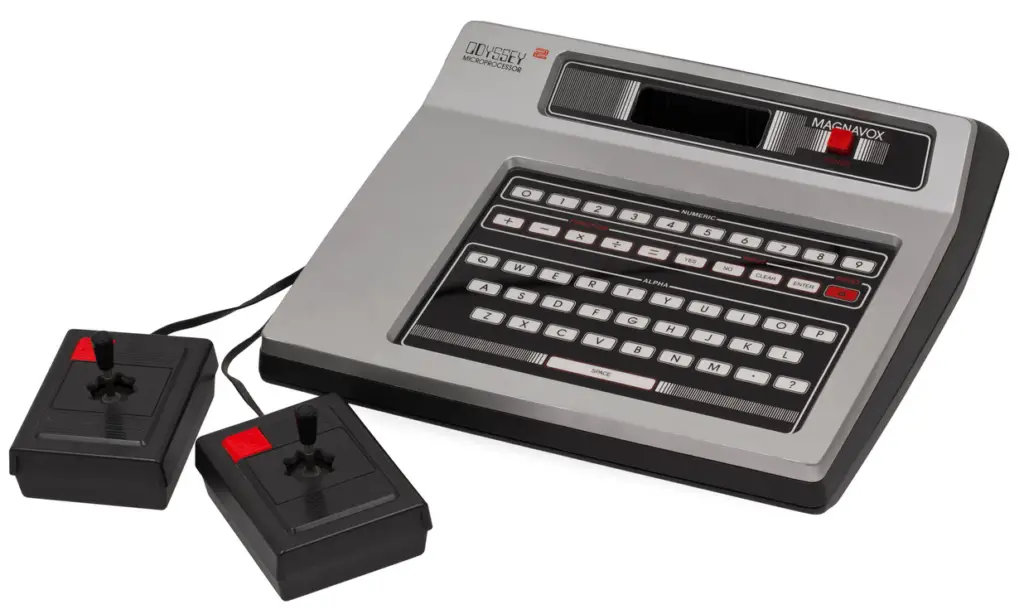
The granddaddy of all home gaming systems, the Magnavox Odyssey, didn’t have flashy graphics—it didn’t even have sound! You had to slap plastic overlays onto your TV screen to “see” the game. But when you fired it up, it was like stepping into the future. “Tennis” was the hot ticket, and you felt like royalty if you owned this piece of high-tech magic.
2. Simon (1978)
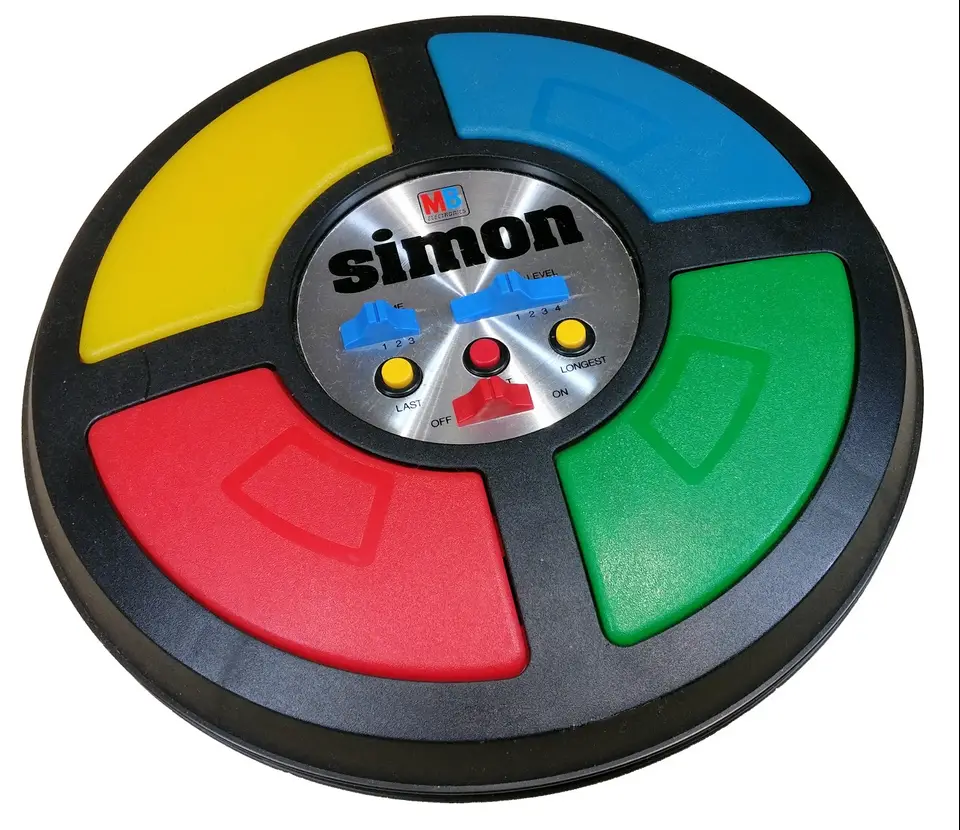
While technically not a console, Simon was everywhere—family gatherings, classrooms, even camping trips. The glowing, beeping game of memory and speed turned “following orders” into an edge-of-your-seat challenge. Nothing was more satisfying—or more humiliating—than nailing a 20-step sequence in front of your cousins.
3. Coleco Telstar (1976)
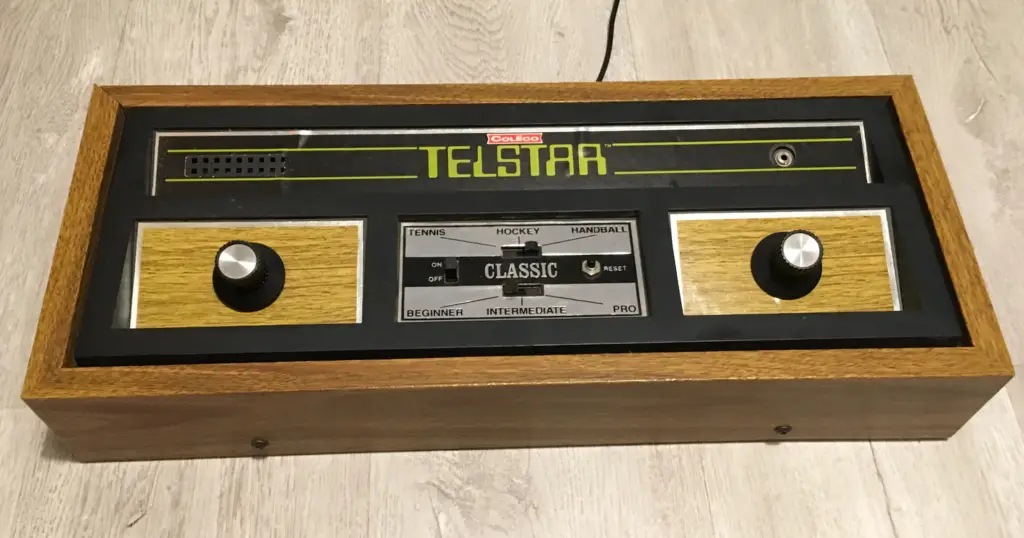
The Telstar was the ultimate game night centerpiece. It brought Pong into living rooms without breaking the bank. Sure, it was just a white dot bouncing back and forth, but when you were locked in an epic rally, it felt like Wimbledon. And if you were lucky enough to play doubles? Game on!
4. Mattel Electronics Football (1977)
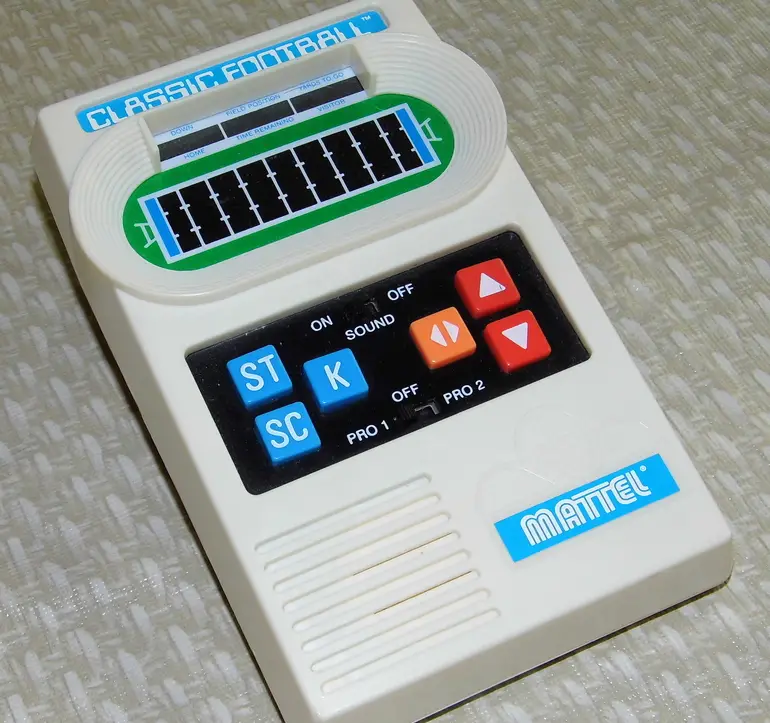
A tiny, pocket-sized miracle, Mattel’s handheld football game consisted of glowing red blips you guided down the field. It wasn’t the NFL, but you played as if it were. Long car rides became intense showdowns, and beating Dad’s high score? That was a championship moment.
5. Parker Brothers Merlin (1978)
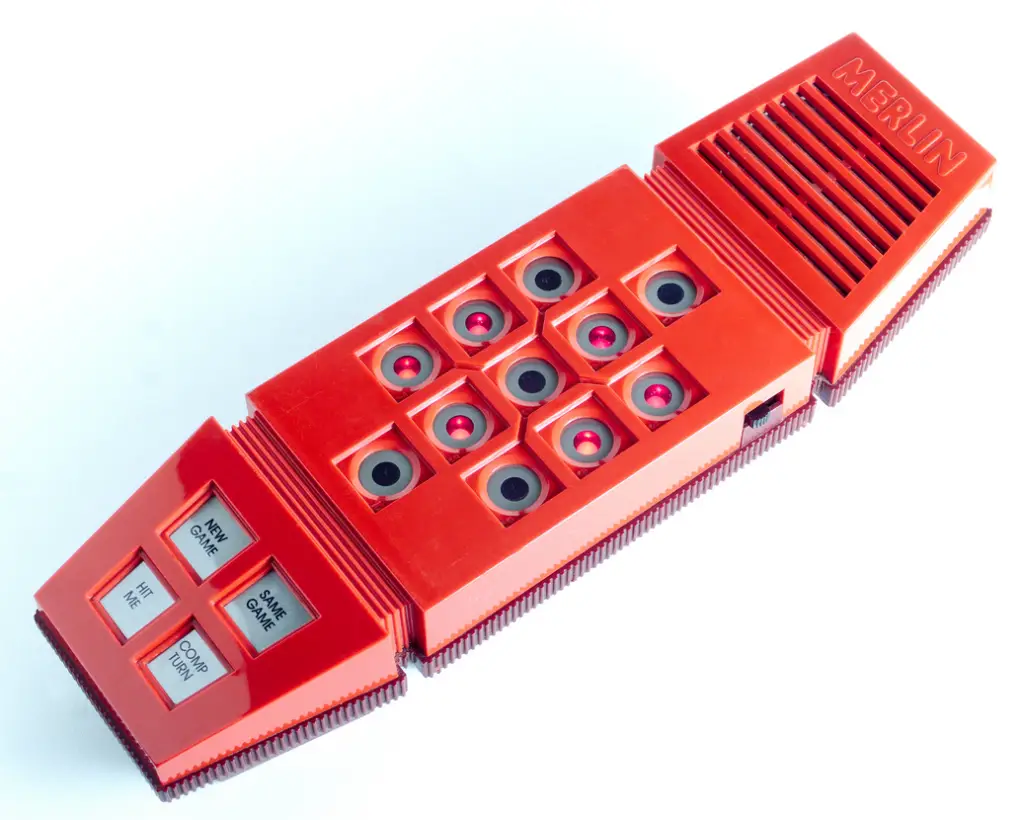
Merlin looked like a telephone straight out of Star Trek, and it could do everything from play Tic-Tac-Toe to compose music. With its red lights and simple buttons, it was mesmerizing. This little gadget proved you didn’t need fancy screens to feel like a tech wizard.
6. Tomy Atomic Arcade Pinball (1979)
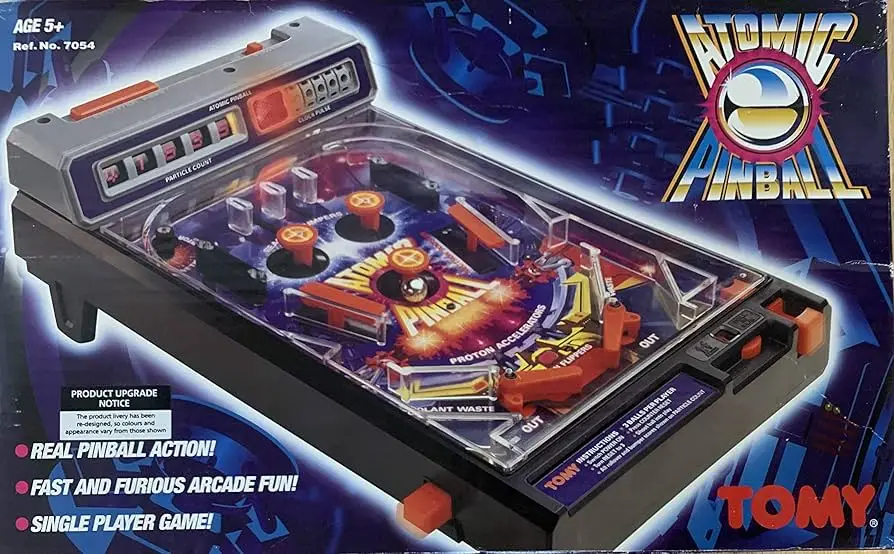
Forget the arcade—Tomy brought pinball home. This tabletop wonder had flashing lights, mechanical sounds, and all the thrill of the real deal. Whether you were aiming for the high score or just hearing the satisfying “ding” of the bumper, this was Saturday afternoon magic.
7. View-Master Interactive Vision (1988)
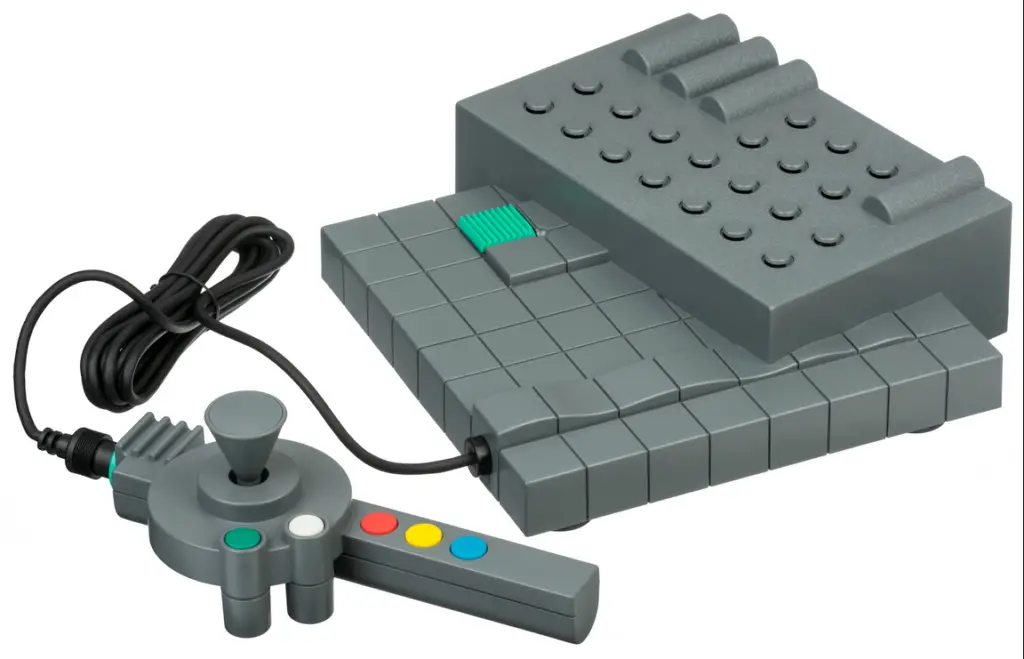
View-Master wasn’t just for flipping through still pictures of the Grand Canyon anymore. This system let you interact with your TV in ways that felt straight out of The Jetsons. Sure, the graphics were rudimentary, but it was your first taste of truly interactive media.
8. Game & Watch (1980)
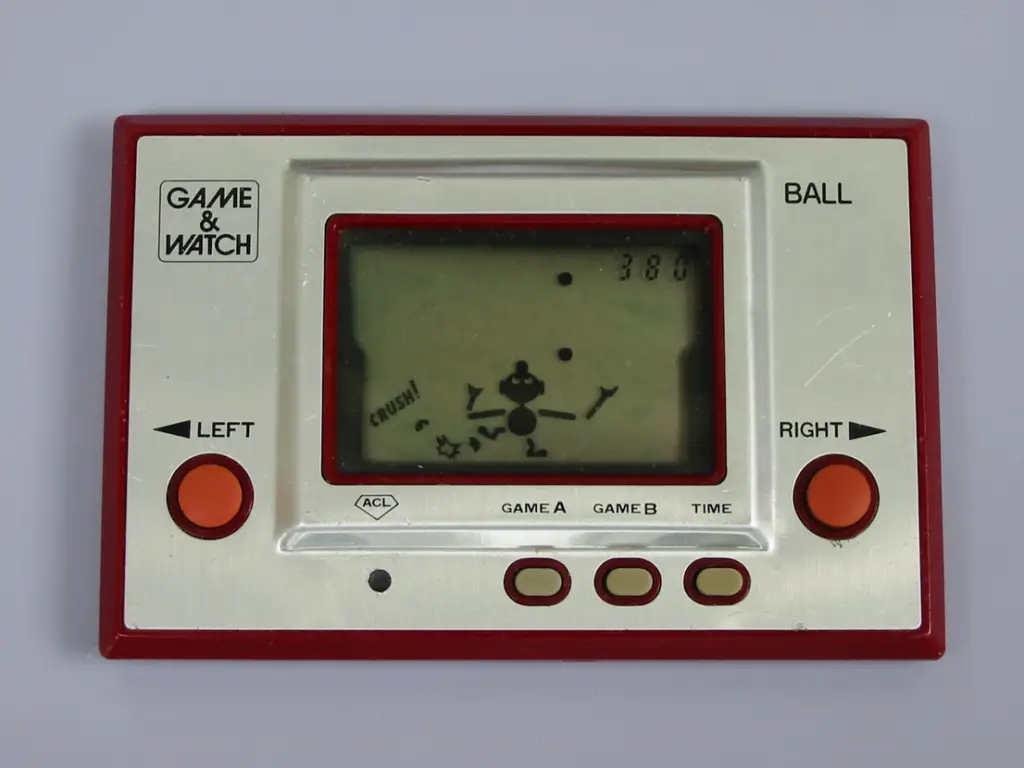
Nintendo’s Game & Watch brought arcade-level fun into your pocket. These single-game handhelds had simple but addictive gameplay, and every kid who owned one was a hero on the school bus. Whether you were flipping burgers in Chef or dodging hazards in Donkey Kong, these tiny marvels set the stage for the Game Boy revolution.
9. Mattel Intellivision (1979)
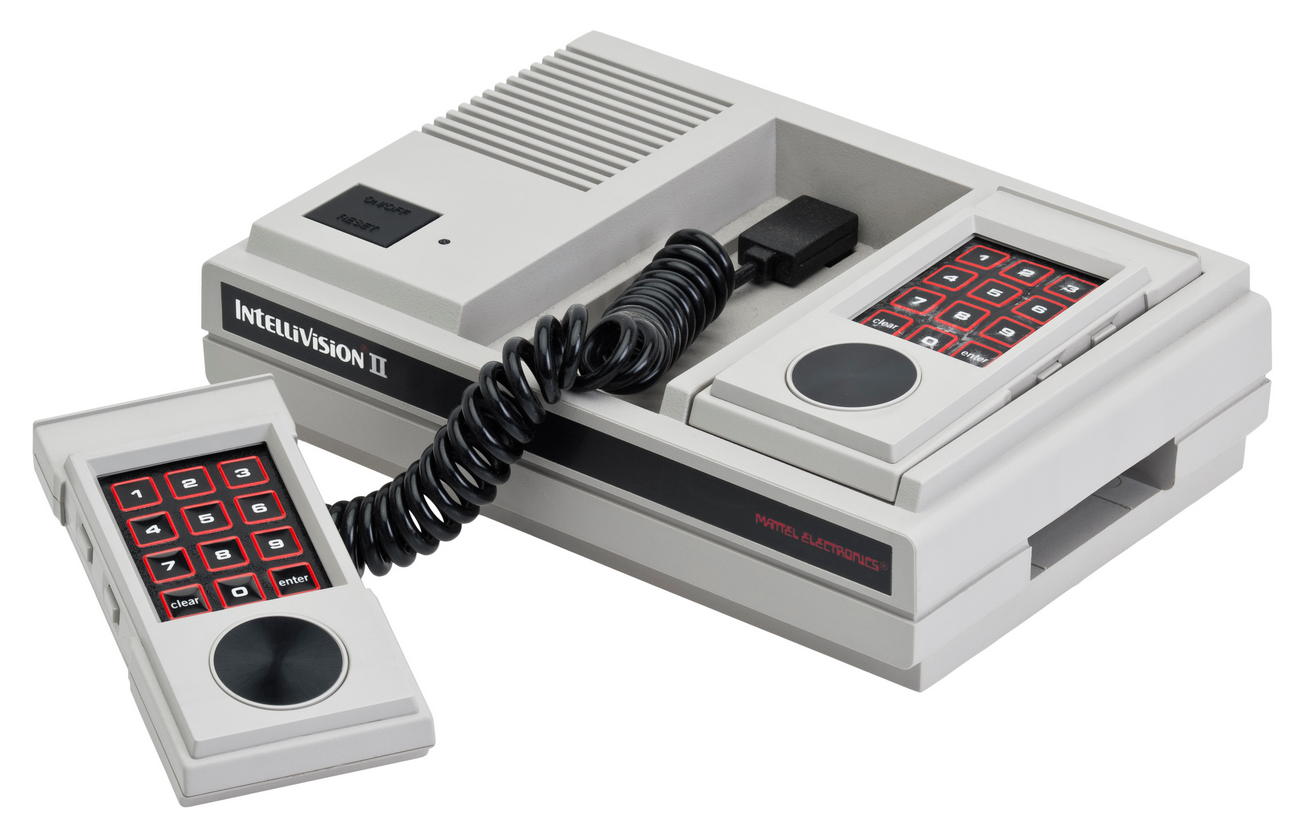
For those who thought the Atari 2600 was old news, the Intellivision promised “intelligent television.” Its controllers with number pads were futuristic but a little confusing. Still, playing Space Armada on this thing made you feel like you were piloting the Millennium Falcon.
10. Odyssey 300 (1976)
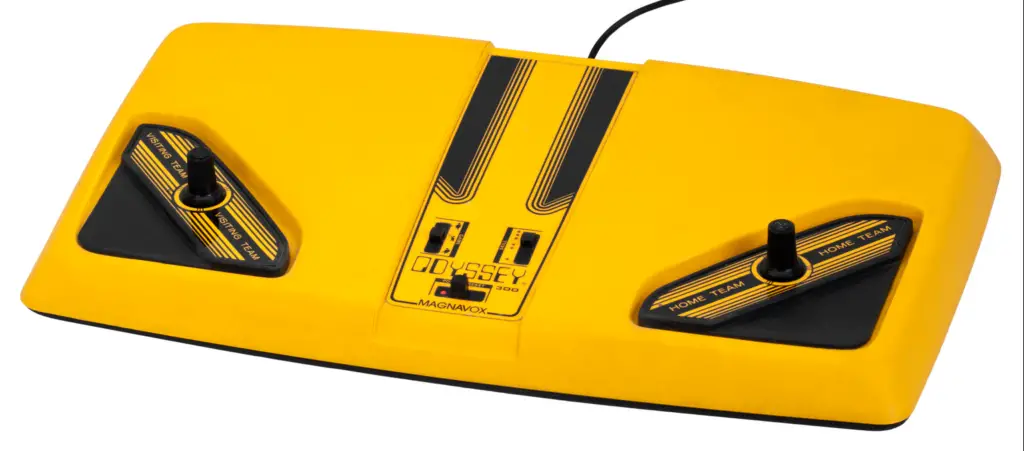
A simpler, cheaper sibling of the original Magnavox Odyssey, the 300 was all about Pong variants. It didn’t need overlays or cartridges, just endless paddling action. It may have been basic, but it made you feel like you were living in a science fiction movie every time you turned it on.
These forgotten gaming systems were more than just toys—they were gateways to a new kind of entertainment. Whether you were sliding plastic across your TV, furiously flipping levers on a pinball table, or conquering a glowing blip on a handheld device, you were part of a revolution. And while today’s games boast hyper-realistic graphics and sprawling open worlds, there’s something special about these simpler times. They didn’t just change how we played—they changed how we connected with friends, family, and the future.


